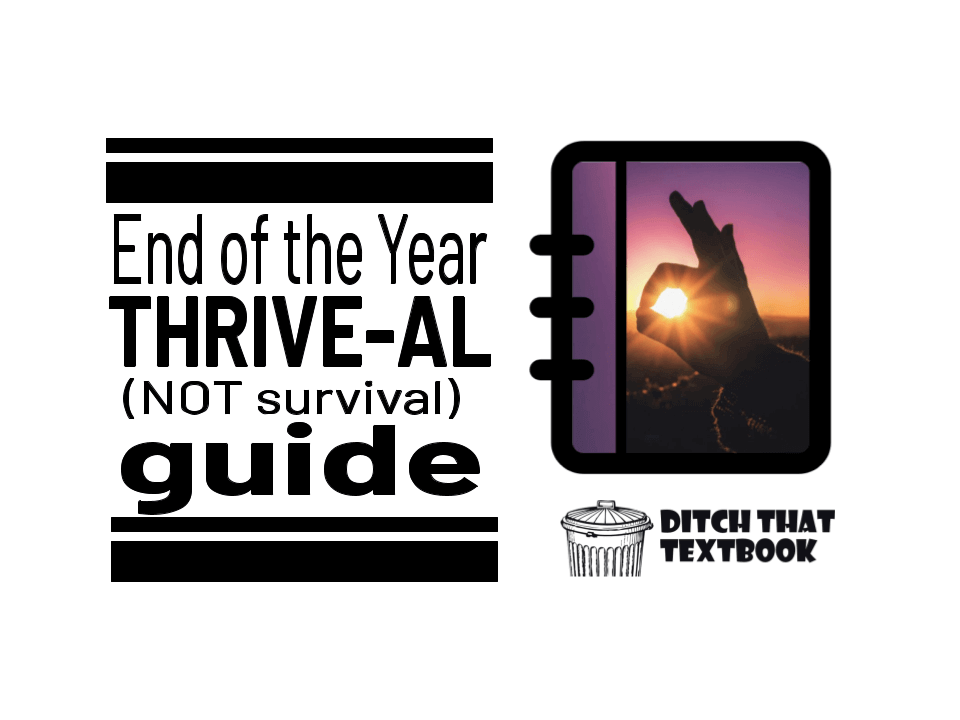
The end of the school year is a unique animal: extra time, review time, not enough time, etc. Here are some ideas and tools to help you thrive.
As I write this, my kids have a little less than three weeks left of school yet. It’s the time of year when attention spans get shorter and countdowns start appearing on white boards in classrooms.
There’s this saying in education that I love AND despise (depending on the day):
"Don’t count down the days. Make the days count."
On some days I’ll think, “At this time of year, the best thing for everyone is just to be done.”
And on other days, I’ll think, “I only have a couple weeks left to make an impact. Let’s put the pedal to the metal and end this year with a bang!”
Looking for some ideas on how to thrive at the end of the year instead of survive? Here are some ideas and tools that can help.
PLUS, let’s make a collection of thoughts, strategies, websites, apps and suggestions in the comments at the end of the post! What gets your students excited in these final days of the school year? What are you interested in trying? What has worked well for you? Please think about that as you read, and add it in a comment below!
The “time to kill” file
At this time of year, for me, I’ve always had students with extra time on their hands. They’ll get done with final projects earlier than others. They’ll finish their final exam in a fraction of the time I expected.
Instead of saying, “You’re done, so you can just be done,” I like to refer them to my “time to kill” file. These are my go-to sites and activities that will (hopefully) be interesting to them and at least somewhat academic in nature. (Plus, it sure beats turning them loose on cell phone games!)
I've compiled 40 sites for students with free time on their hands. Below are 10 choices for the “time to kill” file (click through to the post for the complete list AND an interactive choice board that you can assign today): Click here to view!
Free Rice
Each time you answer a multiple choice vocabulary question correctly, you generate enough money for the United Nations World Food Programme to buy 10 grains of rice to help reach Zero Hunger. Click here!
GeoGuessr
GeoGuessr uses Google Maps Street View to place you on the ground somewhere in the world. You must use context clues to guess your location and pin it on a map. Click here!
iCivics
This site puts a flashy twist on civics-related topics, puts a ton of resources in teachers’ hands and lets students play REALLY fun games. Click here!
Wonderopolis
Kids are curious. Wonderopolis is a site that asks and answers interesting questions about almost anything. Click here!
Code.org
With Code.org, students can find self-guided coding activities and tutorials. They’re leveled for all ages, from elementary school up. Click here!
Street View Treks
Street View Treks gives a first-person view to some of the most spectacular locations in the world, from Mount Fuji to the Grand Canyon to the Taj Mahal in India. Click here!
Duolingo
Duolingo works a lot like Rosetta Stone, guiding students methodically through language lessons. But it’s free! Click here!
5 Clue Challenge
Students watch these short videos. They get 5 clues to guess the animal, location or person. Click here!
Dollar Street
Homes are sorted on Dollar Street by monthly income one end showing the poorest, the other the richest and everything in between. Click on any picture to view images and learn more about families around the world. Click here!
Google Quick Draw!
Quick, Draw! tells you what to draw. Then, Google’s artificial intelligence tries to guess what you’re drawing. Click here!
The “end of year inspiration” file
For me, TED Talks deliver a quick, meaningful dose of inspiration. They’re these 15-minute-or-less keynote speeches by experts in different fields. The premise: the speaker gives the talk of his/her life about his/her life’s passion. Connect these talks (linked from the TED website) with class content, or just show them for the sheer sake of inspiration.
The danger of a single story (Chimamanda Ngozi Adichie): In this video novelist Chimamanda Adichie shares found her authentic cultural voice. She warns us the danger of only hearing a single story about another person, or country or culture and judge them on that we risk misunderstanding.
Why believe in others (Viktor Frankl): In a clip from 1972, psychiatrist and Holocaust survivor Viktor Frankl talks about the human search for meaning. For students, as they slowly evolve into adults, they’re constantly searching for who they are and how they fit in the world. This video may really speak to them.
Kids, take charge (Kiran Bir Sethi): Riverside School in India’s focuses on what it calls life’s most valuable lesson: “I can.” In a school culture where many students assume a “do only what the teacher tells me to do” mentality, this can help liberate them to think for themselves.
Do schools kill creativity? (Ken Robinson): This is the most-watched TED Talk of all time. Ken Robinson advocates for a school system that nurtures (rather than undermines) creativity. It can create a fascinating discussion afterward on the education system and your own school.
Your body language shapes who you are (Amy Cuddy): The second-most-watched TED Talk of all time and one of my personal favorites. Amy Cuddy reveals secrets of how to get confidence even when we don’t feel confident. Plus, she discusses a traumatic time in her life and how she regained her confidence.
If those don’t resonate with you, here’s a playlist of the top 20 TED Talks of all time.
The “classroom atmosphere” file
If there’s seated work to be done — reading, reviewing, writing, etc. — too much quiet may be as distracting to some as too much noise. Adding the right kind of background noise can actually improve the classroom climate (and mitigate how distracting a dropped pencil, blown nose or other noise may become).
Depending on the kind of work, I’ve experimented with different stations on Pandora, including those focused on studying and concentration. I’ll use the Beats for Studying Radio station when I’m working by myself at home. Spotify, Apple Music and others could work as well.
For non-musical ambient noise, check out Noisli. It is a website and an extension for the Google Chrome browser. In either form, it has several white noise selections that will make the classroom less quiet but equally focused. Using white noise in the background has been known to improve memory and attention.
Noisli’s white noise options include:
- Rain
- Wind
- Thunderstorm
- Forest (with LOTS of birds)
- Rustling leaves
- Running water
- Ocean waves
- Crackling fire
- Nighttime with crickets
- Busy coffee shop (MY favorite!)
- Train cars clacking on a track
Other files
End the school year with Epic Review Olympics (free templates!): This post has tons of ideas, review games and templates you can use to create a fun, epic review experience with your students.
10 ideas for digital end-of-semester final projects: Ideas include podcasts, websites, screencasts and more.
20 ways Google tools can make the end of the year ROCK: This post includes some of the tried and true Google tools -- and some that we don't use that often -- can help us make the most of the end of the school year.
Interactive End Year Thrive-Al Guide
We have created an interactive guide for you to bookmark and share with your colleagues.
For notifications of new Ditch That Textbook content and helpful links:
Are you looking for quality, meaningful professional learning that both equips and inspires teachers?
Matt provides in-person and virtual keynotes, workshops and breakout sessions that equip, inspire and encourage teachers to create change in their classrooms. Teachers leave with loads of resources. They participate. They laugh. They see tech use and teaching in a new light. Click the link below to contact us and learn how you can bring Matt to your school or district!
Is Matt presenting near you soon? Check out his upcoming live events!

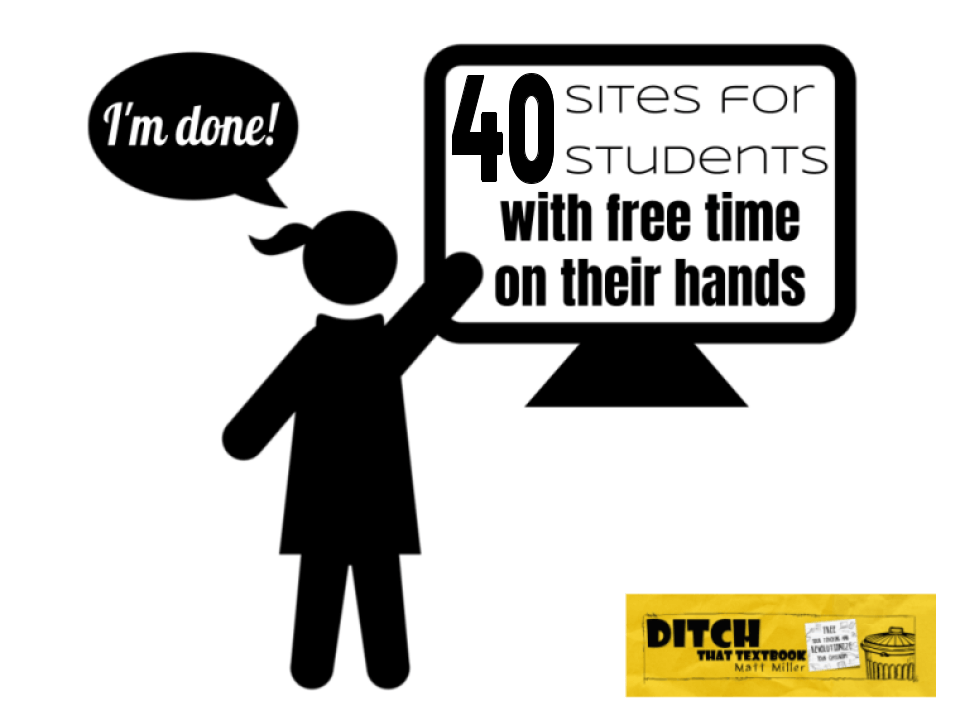


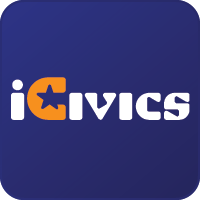

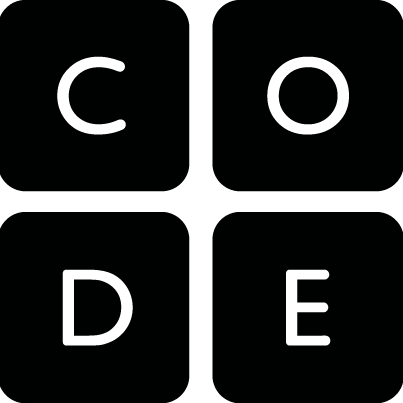

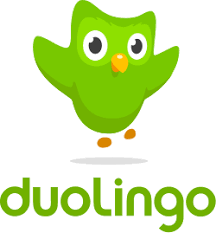



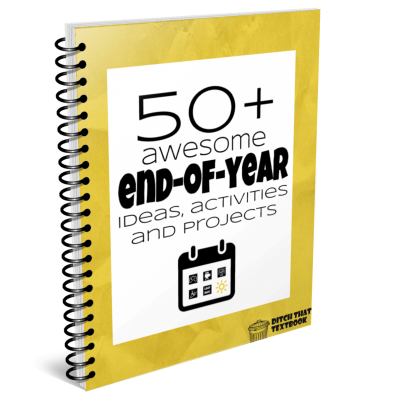
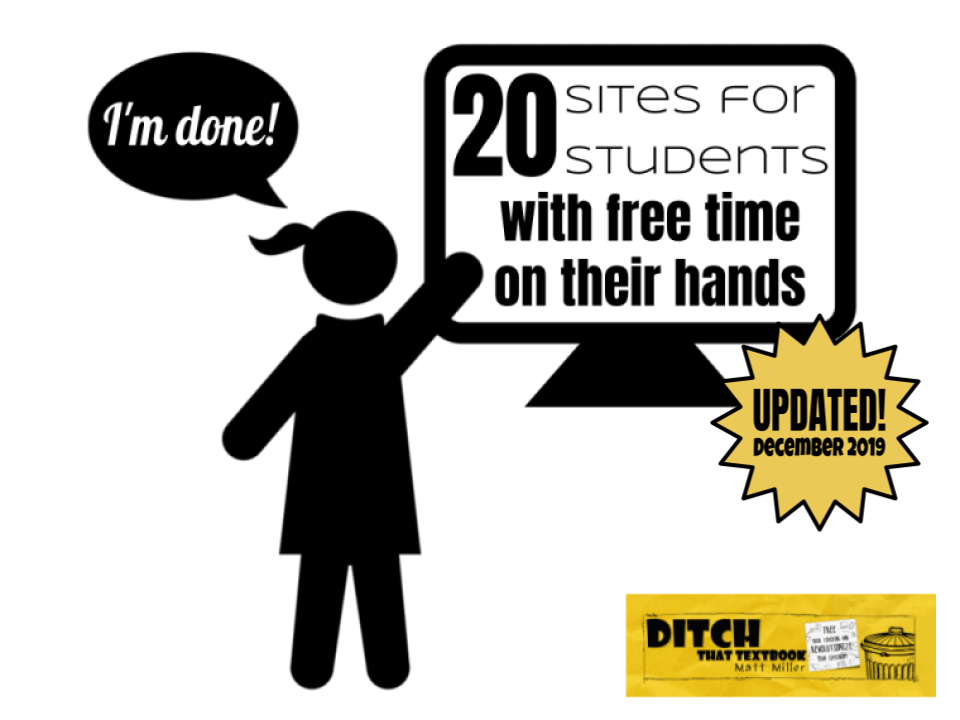

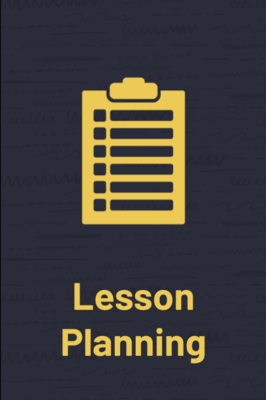
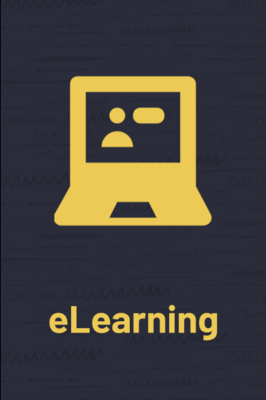

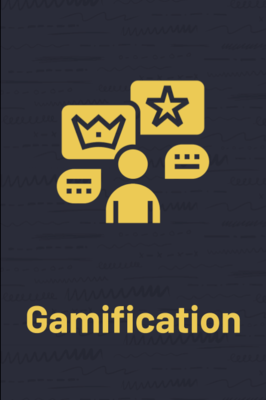


My middle school choir students are modifying children’s books into musicals. At first they were very hesitant, and now they are totally into it. I can’t wait to see the finished products. We are going to perform them for a few of the special needs classes in the school.
[…] End of the Year THRIVE-al (Not Survival) Guide | Ditch That Textbook […]
Great post Matt! Just a quick heads up…..the GeoGuesser link in parenthesis goes to Geosetter rather than Geoguesser. Great stuff in this post…Rock On!
Fixed. Thank you sir!
My students create alien cartoon creatures that have adaptations for the space phenomena they investigate as a preclude to studying the universe in 8th grade. To culminate the school year I have my students collect milk cartons, paper/ toilet paper rolls, plastic containers of any kind, any bits of string, wire, gizmos, anything that may look like garbage to another person, but are great for constructing a creative sculpture. I get plastic utensils, plates, cups, straws from our lunch lady. I then provide strips of construction paper, tissue paper, glue, tape and string so students can construct GIZMATRONS. Students are asked to construct a device that might be used by an alien, give it a name, and tell what it does. They can work in teams, with a partner or alone. They are not allowed to create a ray gun (too easy and predictable) or anything that has been done before (like two cups connected by a string). I then photograph them and post them on Artsonia, and display them for the last day of school as centerpieces on the tables in the lunch room. Way fun!!!
Wow. I love this. What a cool activity at the end of the year! I like how you limit the easy/predictable … I’ve heard somewhere that constraints really bring out creativity. 🙂
Wow! This is such a neat idea! Thanks for sharing.
My students are finishing the year by completing a Passion Project. Inspired by Paul Solarz’s class, I’m using his Step by Step directions to help guide me and the students. You can find them at http://psolarz.weebly.com/mr-solarz-eportfolio/step-by-step-directions-for-creating-passion-projects-in-our-classroom
What better way to make the most of your last days than to have student motivated to learn by following their passion?